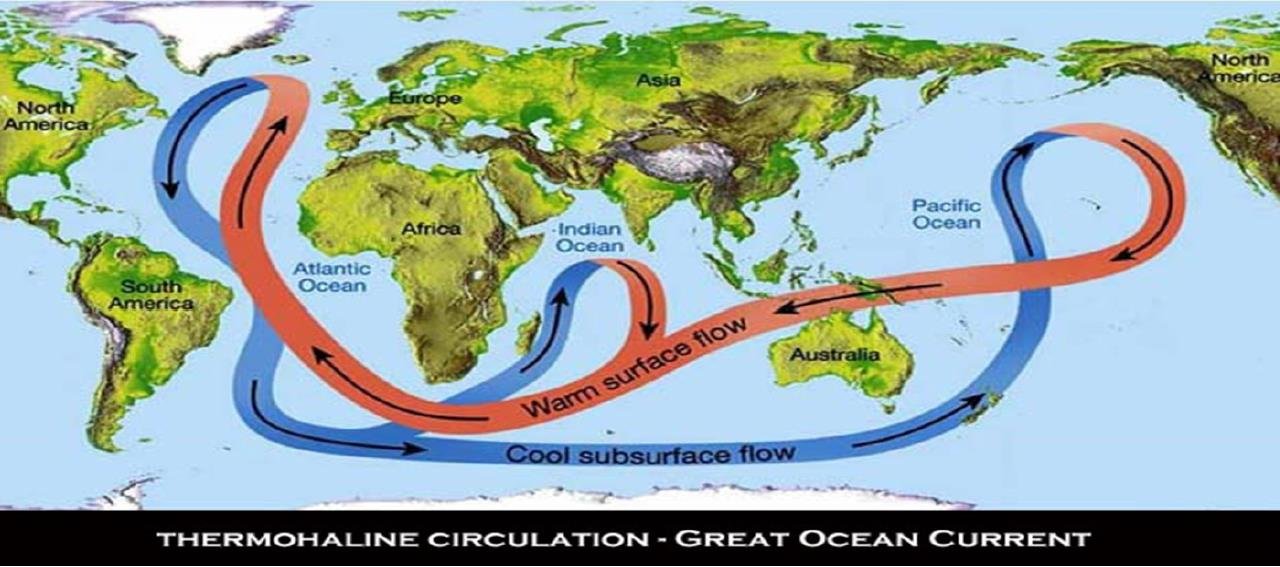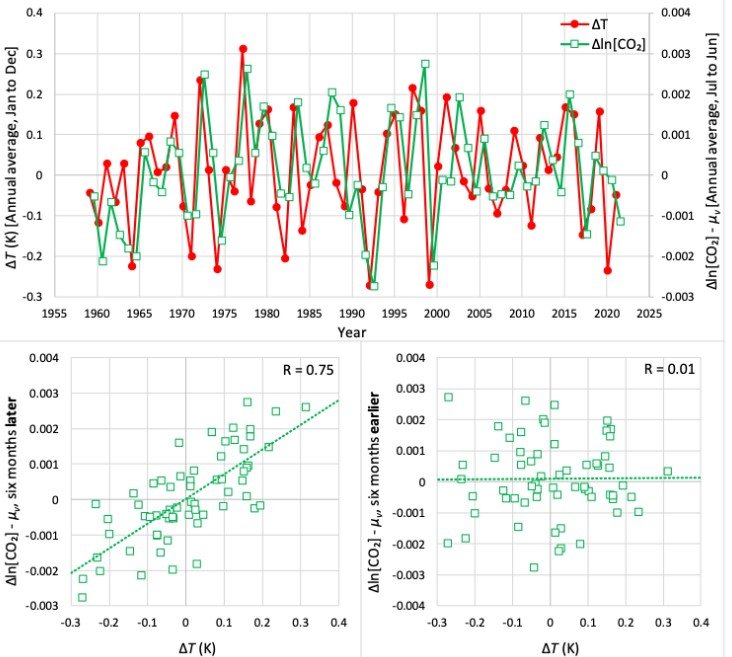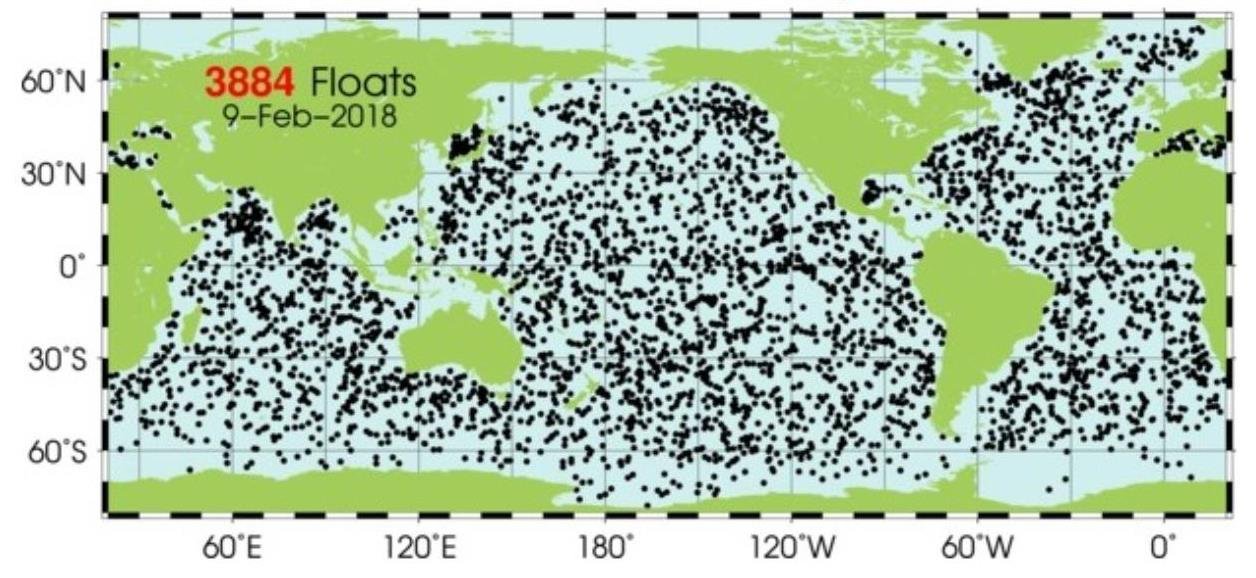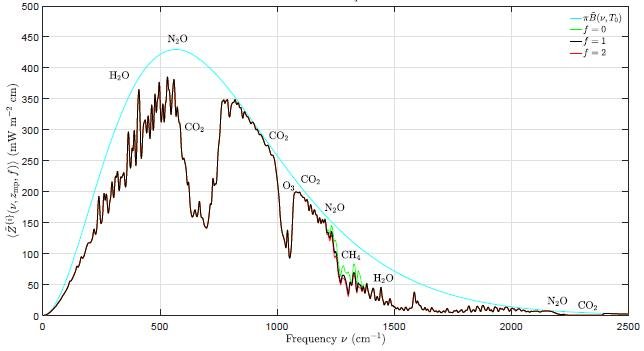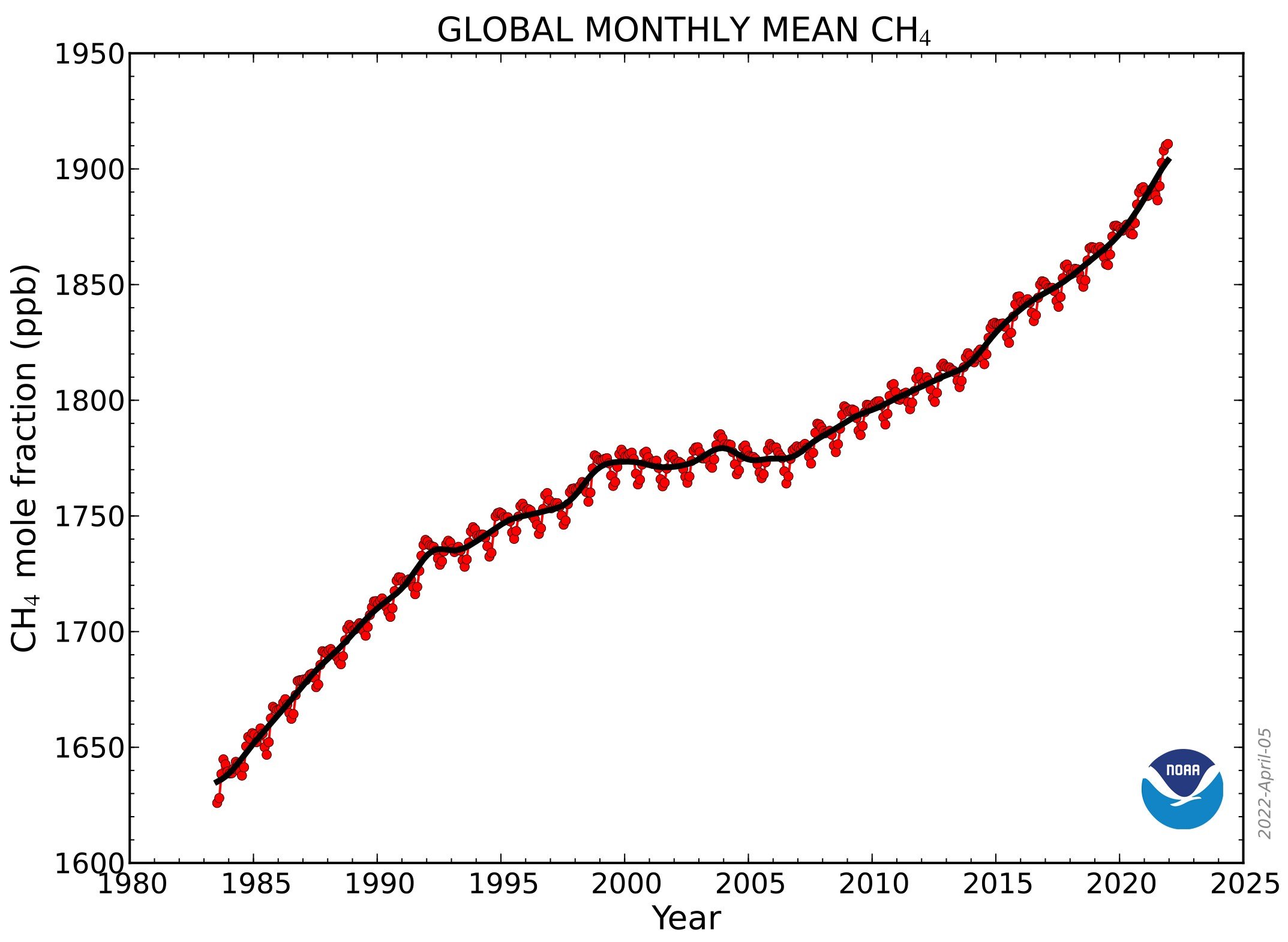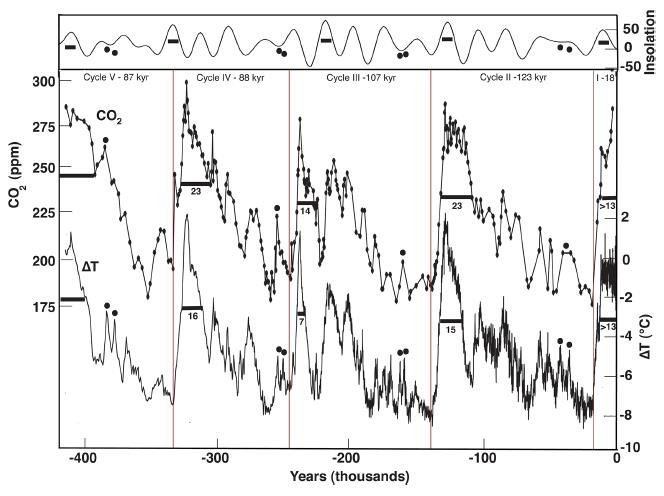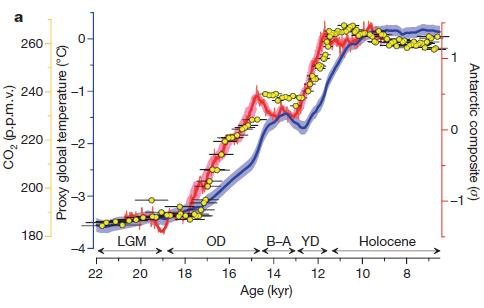The Scientific Reality of the Quest for Net Zero
/Often lost in the lemming-like drive toward Net Zero is the actual effect that reaching the goal of zero net CO2 emissions by 2050 will have. A new paper published by the CO2 Coalition demonstrates how surprisingly little warming would actually be averted by adoption of Net-Zero policies. The fundamental reason is that CO2 warming is already close to saturation, with each additional tonne of atmospheric CO2 producing less warming than the previous tonne.
The paper, by atmospheric climatologist Richard Lindzen together with atmospheric physicists William Happer and William van Wijngaarden, shows that for worldwide Net-Zero CO2 emissions by 2050, the averted warming would be 0.28 degrees Celsius (0.50 degrees Fahrenheit). If the U.S. were to achieve Net Zero on its own by 2050, the averted warming would be a tiny 0.034 degrees Celsius (0.061 degrees Fahrenheit).
These estimates assume that water vapor feedback, which is thought to amplify the modest temperature rise from CO2 acting alone, boosts warming without feedback by a factor of four – the assertion made by the majority of the climate science community. With no feedback, the averted warming would be 0.070 degrees Celsius (0.13 degrees Fahrenheit) for worldwide Net-Zero CO2 emissions, and a mere 0.0084 degrees Celsius (0.015 degrees Fahrenheit) for the U.S. alone.
The paper’s calculations are straightforward. As the authors point out, the radiative forcing of CO2 is proportional to the logarithm of its concentration in the atmosphere. So the temperature increase from now to 2050 caused by a concentration increment ΔC, would be
ΔT = S log2 (C/C0),
in which S is the temperature increase for a doubling of the atmospheric CO2 concentration from its present value C0; C = C0 + ΔC, or what the CO2 concentration in 2050 would be if no action is taken to reduce CO2 emissions by then; and log2 is the binary (base 2) logarithm.
The saturation effect for CO2 comes from this logarithmic dependence of ΔT on the concentration ratio C/ C0, so that each CO2 concentration increment results in less warming than the previous equal increment. In the words of the paper’s authors, “Greenhouse warming from CO2 is subject to the law of diminishing returns.”
If emissions were to decrease by 2050, the CO2 concentration would be less than C in the equation above, or C – δC where δC represents the concentration decrement. The slightly smaller temperature increase ΔT/ would then be
ΔT/ = S log2 ((C – δC)/ C0),
and the averted temperature increase δT from Net-Zero policies is δT = ΔT - ΔT/, which is
δT = S {log2 (C/C0) - log2 ((C – δC)/C0)} = S log2 (C/(C – δC)) = - S log2 (1 – δC/C).
This can be rewritten as
δT = - S ln (1 – δC/C)/ ln (2), in which ln is the natural (base e) logarithm.
Now using the power series expansion – ln (1 - x) = x + x2/2 + x3/3 + x4/4 + …. and recognizing that δC is much smaller than C, so that all terms in the expansion of – ln (1 – δC/C) beyond the first can be ignored,
δT = S (δC/C) / ln (2).
Finally, writing the concentration increment without emissions reduction ΔC as RΔt, where R is the constant emission rate over the time interval Δt, we have
C = C0 + ΔC = C0 + RΔt, and the concentration decrement for reduced emissions δC is
δC = ʃΔT R (1 – t/Δt) dt = RΔt/2, which gives
δT = S RΔt/ (2 ln (2) (C0 + RΔt)).
It’s this latter equation which yields the numbers for averted warming quoted above. In the case of the U.S. going it alone, δT needs to be multiplied by 0.12, which is the U.S. fraction of total world CO2 emissions in 2024.
Such small amounts of averted warming show the folly of the quest for Net Zero. While avoiding 0.28 degrees Celsius (0.50 degrees Fahrenheit) of warming globally is arguably a desirable goal, it’s extremely unlikely that the whole world will comply with Net Zero. China, India and Indonesia are currently indulging in a spate of building new coal-fired power plants which belch CO2, and only a limited number of those will be retired by 2050.
Developing countries, especially in Africa, are in no mood to hold back on any form of fossil fuel burning either. Many of these countries, quite reasonably, want to reach the same standard of living as the West – a lifestyle that has been attained through the availability of cheap, fossil fuel energy. Coal-fired electricity is the most affordable remedy for much of Africa and Asia.
In any case, few policy makers in the West have given much thought to the cost of achieving Net Zero. Michael Kelly, emeritus Prince Philip Professor of Technology at the University of Cambridge and an expert in energy systems, has calculated that the cost of a Net-Zero economy by 2050 in the U.S. alone will be at least $35 trillion, and this does not include the cost of educating the necessary skilled workforce.
Professor Kelly says the target is simply unattainable, a view shared by an ever-increasing number of other analysts. In his opinion, “the hard facts should put a stop to urgent mitigation and lead to a focus on adaptation (to warming).”
Next: How Much Will Reduction in Shipping Emissions Stoke Global Warming?




